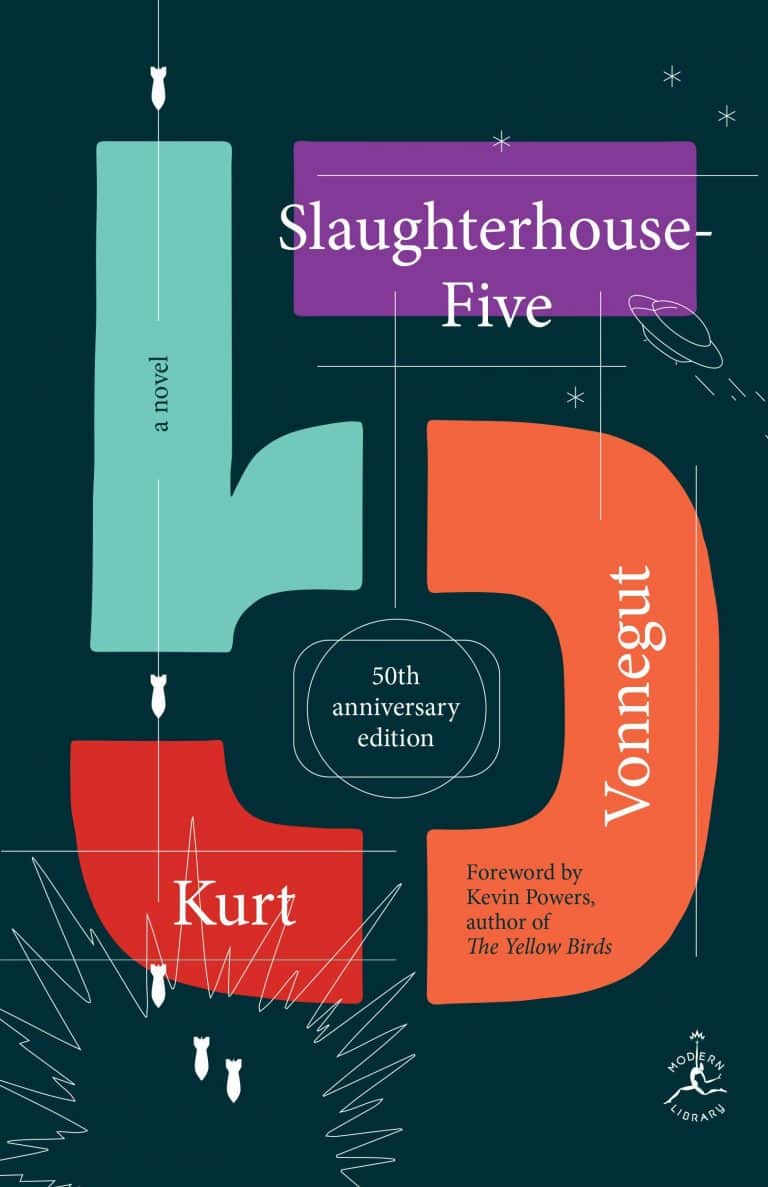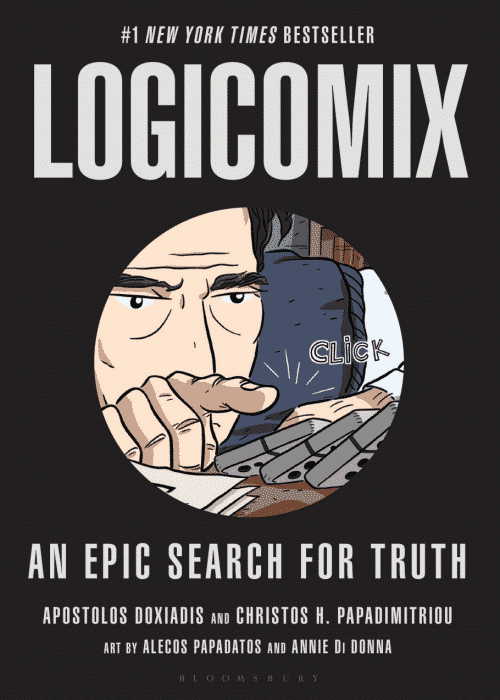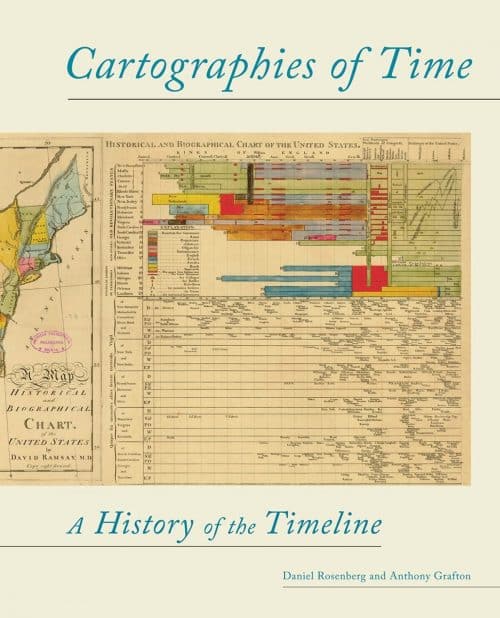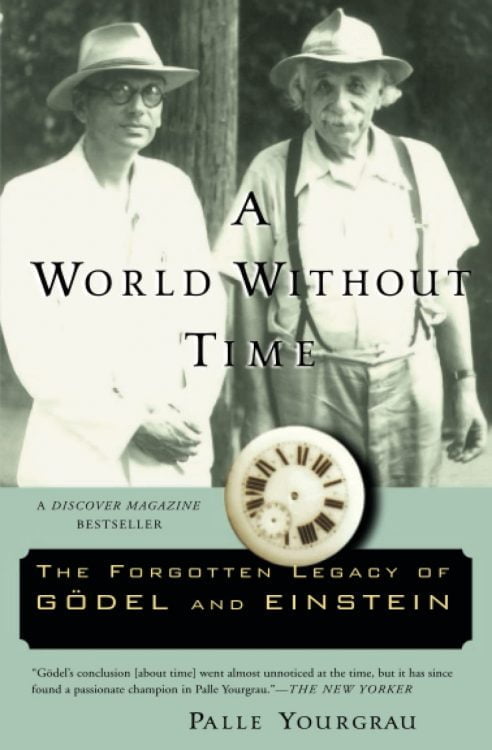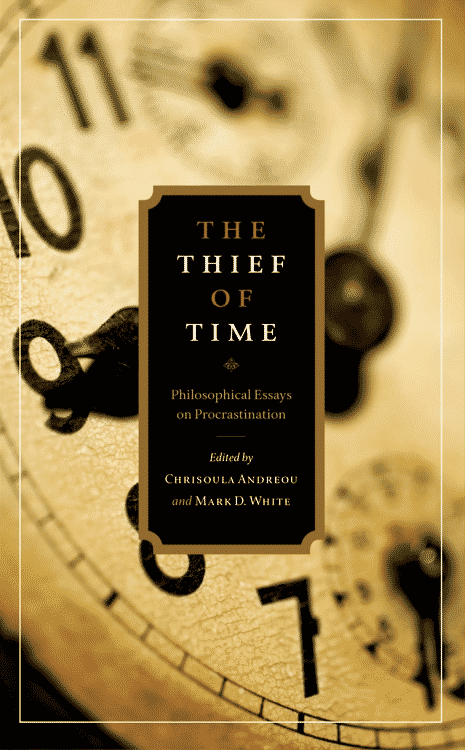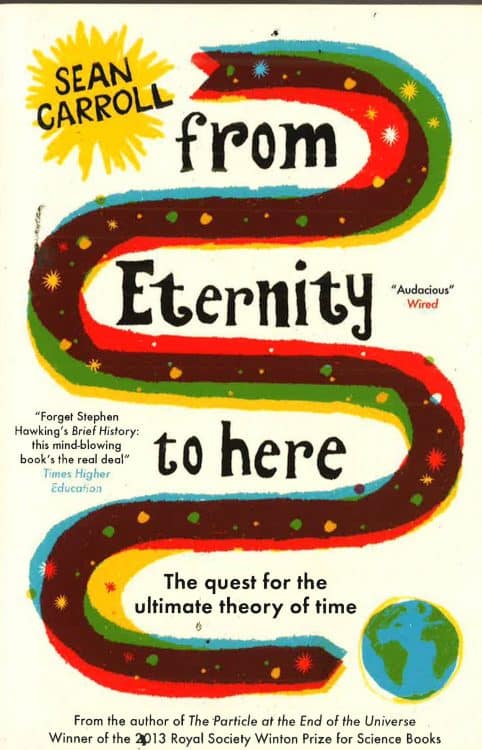Slaughterhouse-Five, a famous American novel, is considered one of the world’s greatest anti-war novels. It is based on Dresden’s infamous World War II firebombing and was written after Kurt Vonnegut struggled for twenty-three years to write a book on what he had experienced while serving as an American prisoner of war in Germany. A story of the life of Billy Pilgrim, a barber’s son turned draftee turned optometrist turned extraterrestrial abductee, and the novel incorporates historical fiction, science fiction, autobiography, and satire into a cohesive whole. Billy, like Vonnegut, was a prisoner of war in Dresden during the devastation of the city. In contrast to Vonnegut, he had the experience of time travel or of becoming “unstuck in time.”
After publishing Slaughterhouse-Five, Kurt Vonnegut became a cult hero in American literature, which became an instant hit. Even though it was banned and censored by several libraries and schools because of its content and language, this reputation has only become stronger over time. The elements of Vonnegut’s writing that have inspired generations of readers to not only look at the world differently but also to find the courage to say something about it are precisely those elements of Vonnegut’s writing that have inspired generations of readers not only to look at the world differently but also to find the courage to say something about it. Novelists ranging from Norman Mailer to John Irving to Michael Crichton to Tim O’Brien to Margaret Atwood to Elizabeth Strout to David Sedaris to Jennifer Egan have all found inspiration in Vonnegut’s words. Among others who have found inspiration is J. K. Rowling. Mr. Vonnegut, according to author Jonathan Safran Foer, was “the kind of writer who inspired people—young people in particular—to pursue their passion for writing.” He has been hailed as “the great, urgent, impassioned American writer of our century,” according to George Saunders, who describes Vonnegut as “an inspiration for compassionate thinking, which may yet be able to save us from ourselves.”
Although it was first published at the height of the Vietnam War, Vonnegut’s depiction of political disillusionment, post-traumatic stress disorder, and postwar anxiety remains as relevant, darkly humorous, and deeply moving as ever, serving as a beacon of hope in the face of our own era’s uncertainties.

